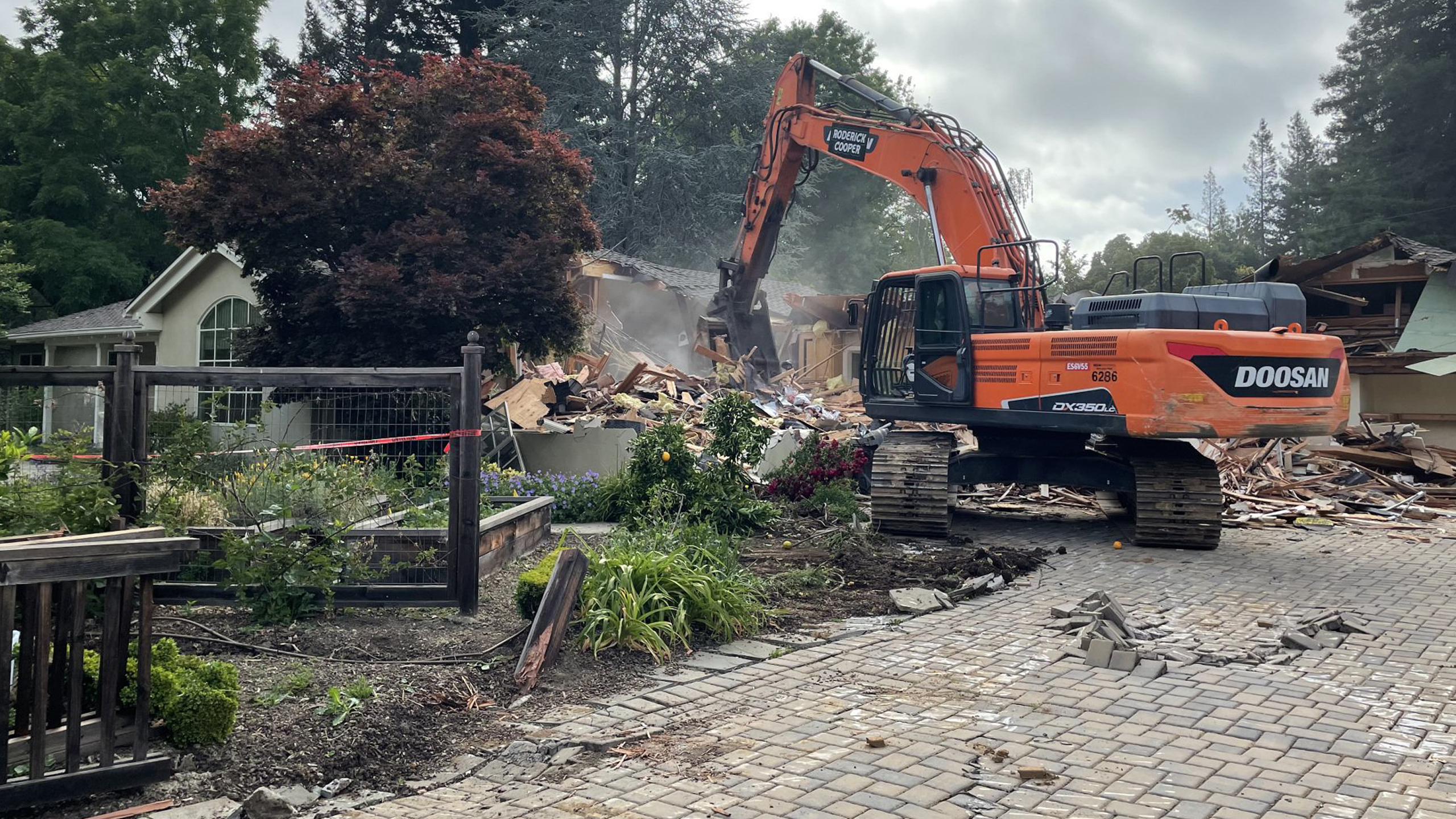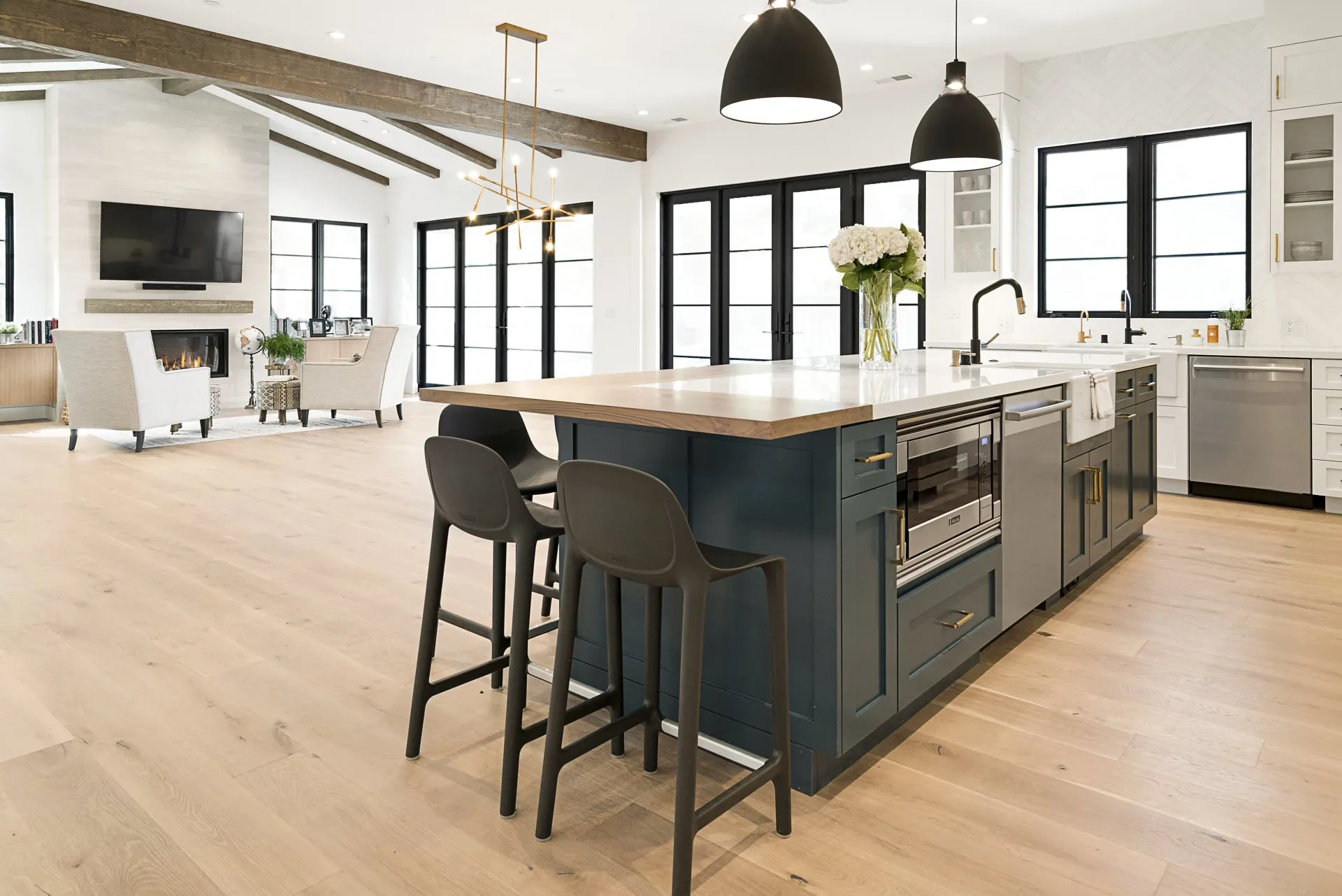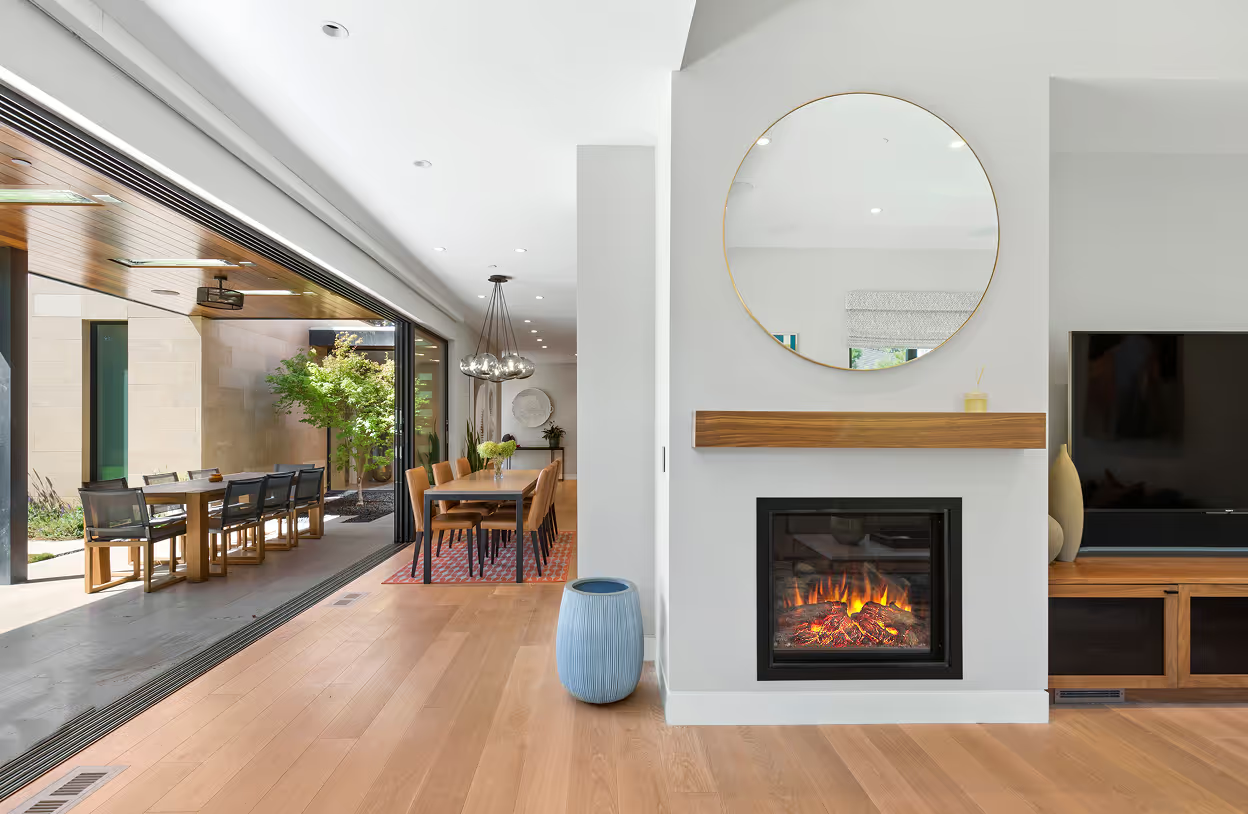When it comes to tearing down an existing home for a new build or remodel, you have two options: deconstruction or demolition. More and more homeowners are choosing deconstruction over demolition. Some cities like Palo Alto have made deconstruction mandatory, and it is becoming increasingly popular, especially along the West Coast.
In this article we will look at some of the key distinctions between deconstruction and demolition to help you determine which choice is best for you.
Let's start with actually talking about definitions.
Demolition is when a home or structure is completely torn down, usually with heavy machinery such as excavators and Bobcats. The debris is then hauled off as waste and taken to dumps and landfills.
Deconstruction, on the other hand, is the process of carefully taking a house apart piece by piece. Rather than sending the materials to a landfill (which is what happens when a house is demolished), materials are reused or donated to a nonprofit recycling company. Virtually any house can be deconstructed as long as the house is structurally sound and safe to walk in.
What Happens to Construction Materials?
One major difference between deconstruction and demolition is what happens to the house's materials and debris. Absolutely everything is destroyed during demolition, including items in good condition (appliances, cabinets, windows, bathroom vanities, etc.). Everything is hauled away and disposed of in landfills.
Deconstruction diverts 75–90% of the materials from landfills through donation and reuse. This option not only helps to extend the life of our landfills, but it also benefits our communities by donating all salvageable materials to non-profit organizations.
How Much Time Does It Take?
Because everything is meticulously disassembled piece by piece for deconstruction, it is unquestionably a more time-consuming process than demolition. Deconstruction typically takes 2–3 weeks, whereas demolition only takes around 2–3 days.
If you are in a hurry to get started on your project and want to get things going as soon as possible, the time difference might be a deciding factor in whether you opt to deconstruct or demolish your home.
How Much Will It Cost?
Deconstruction is initially more costly than demolishing your home (generally $20,000–30,000 more than demolition). However, it does provide the opportunity for considerable long-term savings (an advantage that is not available with demolition). But why is that?
The unique advantage of deconstruction comes in the form of tax benefits. All salvaged materials that can be donated to a qualified charity may be claimed as a donation and used as a tax deduction. Deconstruction tax credits typically start around $40,000 and can go up to $100,000+ depending on the types of materials donated.
The process is as follows:
A deconstruction appraiser goes out to your home to determine what materials can be salvaged (doors, appliances, hardwood flooring, windows, cabinets, light fixtures, etc.) and provides an estimated value for all items.
The appraiser then prepares and provides all necessary documentation for the donor to claim full benefits from the donation (a qualified appraisal that lists the donated materials and their value, in addition to IRS Form 8283).
A deconstruction company dismantles the house by hand, then sorts and transports materials for recycling or resale.
Comparing the appraiser's estimate and deconstruction costs and evaluating how they offset one another can help determine whether or not deconstruction is a smart choice for you.
Finding a Deconstruction Appraiser
A quick internet search can give you any number of local appraisers, but your contractor may already have a preferred company.
Green Earth Appraisals is a great company that we frequently work with. If you want to learn more about the process of deconstruction donations or have any questions, visit Green Earth Appraisals or give them a call at (650) 455-6683.
Which is Better - Deconstruction or Demolition?
Ultimately, which is better is going to depend on your timeframe and the cost breakdown that you're comfortable with. Demolition is a much faster process, but it is decidedly a less eco-friendly option.
Deconstruction has higher up-front costs and takes more time, but it saves materials from going straight to the landfill, and you can recoup the initial costs in the form of tax deductions.
When you're ready to start home construction or remodeling in the mid Peninsula area, give us a call. We are family owned and operated and specialize in custom, luxury residential builds. Contact us today to get started.






